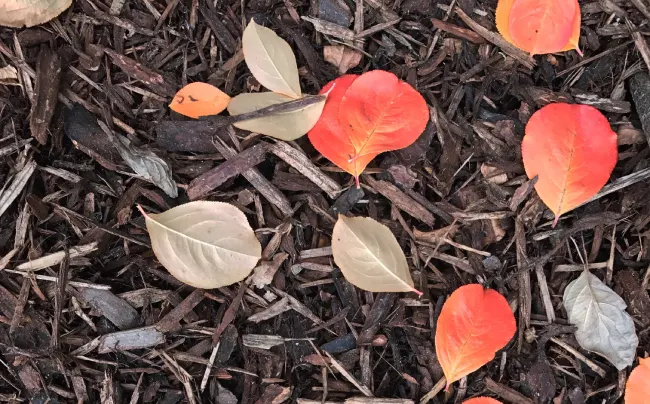As the days shorten and the leaves change color, your garden's needs shift as well. One crucial task that should be at the top of your autumn to-do list is applying mulch. Here’s why this seasonal practice is essential for maintaining a healthy and vibrant landscape.
The Seasonal Significance of Mulch Application
Seasonal mulching is a core practice in garden maintenance, with each season bringing its unique requirements. In the fall, mulch application serves several critical functions that benefit the garden as it transitions into the colder months.
Understanding Mulch and Its Benefits
Mulch is a layer of material, organic or inorganic, applied to the surface of the soil. Its general benefits are far-reaching, including moisture retention, weed control, and temperature regulation. These advantages are particularly important as your garden prepares for winter.
The Timing Factor: Why Fall?
Fall's cooler temperatures and increased moisture levels create an ideal environment for mulching. This is the time to prepare your plants for winter. A layer of mulch acts as an insulator for plant roots, protecting them from frost and freezing conditions. Additionally, the natural leaf drop in autumn can be utilized as an organic component in your mulch, adding nutrients back into the soil.
Boosting Soil Health for Spring Growth
Applying mulch in the fall is not just about winter protection; it’s about setting the stage for spring. Mulch acts as a soil protector, guarding against harsh winter conditions. It also encourages beneficial microbial activity in the soil. As the mulch slowly decomposes over the winter, it enriches the soil, priming it for vigorous spring growth.
Water Conservation and Mulch
Mulch plays a significant role in water conservation. By reducing evaporation, it ensures that the moisture remains in the soil, which is particularly important as plants head into the winter months. This moisture retention is crucial for maintaining plant health and preventing soil erosion, especially during fall rains.
Natural Weed Suppression
A fresh layer of mulch applied in the fall can effectively suppress weed germination and growth. This proactive measure means fewer weeds in the spring, reducing the need for chemical weed control methods and promoting a healthier garden environment.
Enhancing Property Aesthetics
Beyond its practical benefits, mulch also refreshes the look of your landscape. The rich color of new mulch provides a striking contrast against the fall foliage, enhancing the beauty of your garden. It’s an easy way to define garden beds, paths, and make your property stand out.
Types of Mulch Suitable for Fall Application
When choosing mulch for your fall application, consider the specific needs of your property. Organic mulches like cedar mulch, pine bark mulch, and black mulch break down over time, adding nutrients to your soil. Each type has its unique benefits and aesthetics, so select the one that best fits your garden’s needs.
Tips for Proper Fall Mulch Application
The effectiveness of mulching lies in its proper application. A layer that’s too thick can suffocate your plants, while too thin a layer might not provide adequate protection. Focus on critical areas and avoid piling mulch against plant stems and tree trunks to prevent rot.
Making the Most of Fall's Natural Cycle
Embracing the fall mulch application is an investment in the long-term health and beauty of your property. Integrating this practice into your annual landscaping routine will ensure your garden is well-protected, nourished, and ready for its spring revival.
As autumn sets in, remember that a little effort now with fall mulching can yield significant returns for your garden’s future health and vibrancy. It’s an essential step in nurturing and protecting your landscape, setting the stage for a flourishing garden come spring.








![All About Soil Compaction: Causes, Challenges & Solutions [A Guide]](https://www.minickmaterials.com/hs-fs/hubfs/Imported_Blog_Media/plants-2411458_1920-1024x683.jpg?width=725&name=plants-2411458_1920-1024x683.jpg)
.webp?width=725&name=AdobeStock_462076409%20(1).webp)